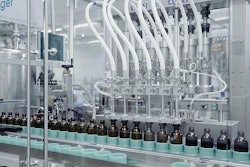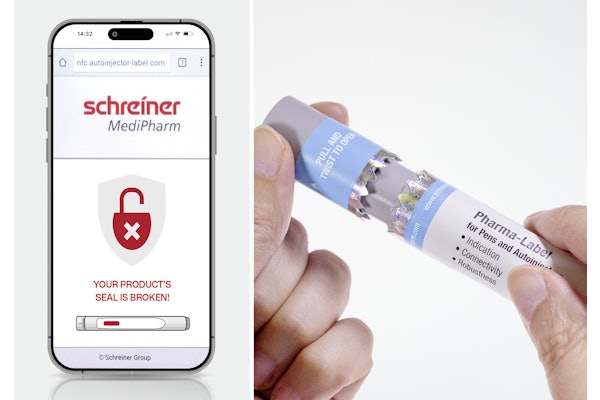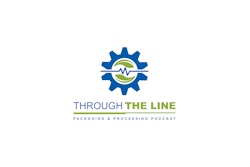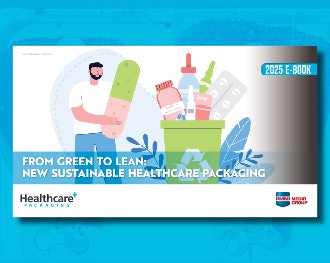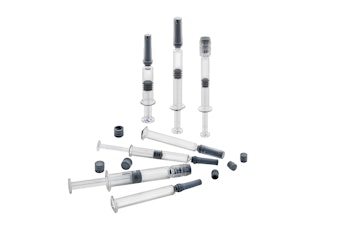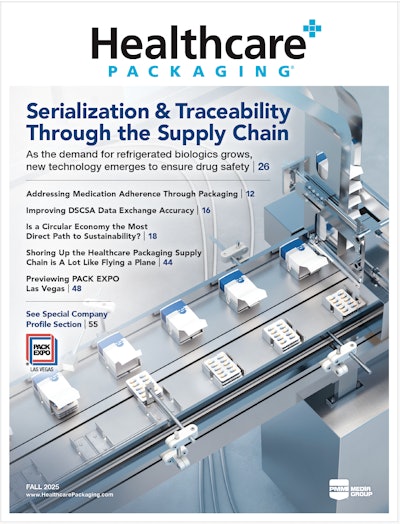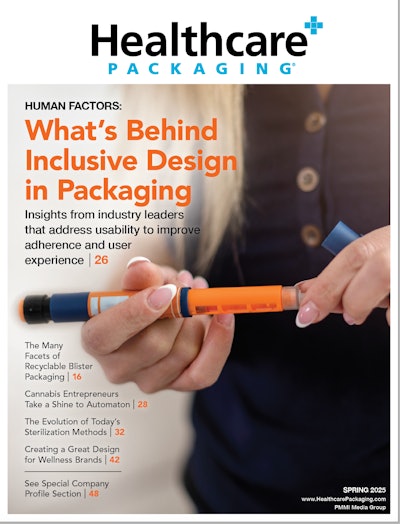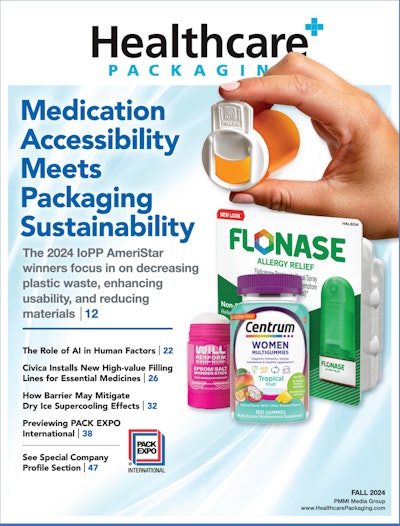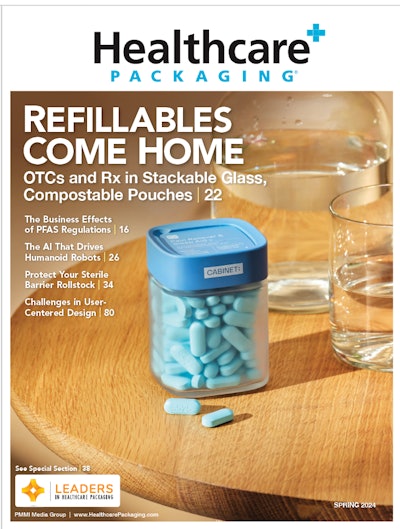
This content was written and submitted by the supplier. It has only been modified to comply with this publication’s space and style.
A study released today by R.R. Donnelley & Sons (RRD) reveals how consumerization and COVID-19 have contributed to increased demand for diagnostic test kits delivered to consumers’ homes. Nearly all of the relevant supply chain decision-makers surveyed (97%) noted an increase in demand for at-home testing over the last two years. Of that group, a vast majority (95%) feel fairly confident about meeting this demand, and most (95%) are looking for the right outsourcing partners to do so.
RRD surveyed 200 supply chain professionals with decision-making power to understand what’s fueling the increase in at-home testing diagnostics and how well equipped organizations are to accommodate that growth on the heels of global supply chain disruption. Findings from the Diagnostic Drivers Report show heightened consumer expectations, such as faster delivery timelines and the convenience of testing from home, are driving growth in the at-home testing market.
“Routine COVID-19 testing has increased comfortability with self-testing at home. As such, consumers have grown accustomed to the convenience of testing for everything from food sensitivity and fertility to sexually transmitted infections (STIs) in the privacy and comfort of their own homes,” says John Marrow, president, RRD Supply Chain Solutions. “Through this survey, we sought to understand how organizations are navigating this increase in demand from a supply chain perspective, and we’re pleased to see our data affirms that they understand the challenges and are taking action to manage disruptions and realign supply chains.”
Highlights from the Diagnostic Drivers Report include:
Consumer comfortability with at-home testing drives market growth and health plans take note
Rise in awareness of early diagnosis, increase in routine diagnosis, and movement toward preventive care are the top three factors impacting growth in at-home diagnostic testing, confirming consumers are more open to its benefits.
While COVID-19 has contributed to ease of testing within the home, emerging diagnostic categories—and combination tests, which can diagnose for more than one thing, such as COVID-19 and the flu—show promise for growth this year. In addition to pregnancy (52%) and combination tests (44%), STI (48%), food sensitivity (43%), and fertility (43%) were most often ranked in the top three for market opportunity in 2023.
The growth in demand for at-home testing is primarily driven by increased interest among health plans in offering this type of product to members (25%), consumer convenience (21%), and consumer privacy (20%), according to respondents with direct knowledge of diagnostic testing.
Economic downturn replaces disruption as chief concern, but offers opportunity to realign supply chains
Following two years of extreme supply chain volatility, less than half (42%) of the study respondents identified supply chain disruptions and transportation delays as current challenges. However, risk posed by inflation and economic downturn may emerge as key challenges supply chain leaders face this year. In fact, when asked to rank the top potential impacts to their supply chain, 58% of respondents ranked inflation and cost control in the top three, while 48% ranked an economic recession.
Despite this concern, many organizations see opportunity in economic uncertainty. Nearly eight in 10 organizations (79%) view economic downturn as an opportunity to realign their supply chain activities. Further, two-thirds (66%) are moving sourcing, manufacturing, and fulfillment physically closer to customers and end markets.
Consumer demand for faster delivery (aka the “Amazon Effect”) is driving supply chain decisions
While supply chain disruptions are easing, decision-makers are still concerned about their ability to meet customer demands for delivery timelines. More than nine out of 10 respondents (93%) identified on-time delivery as an important supply chain risk. When it comes to consumer expectations, delivery timelines have the most impact on supply chain decisions, with nearly a third (32%) of respondents agreeing.
Supply chain leaders increasingly lean on outsourcing partners to meet customer expectations
Supply chain decision-makers will increasingly look to outsource this year, with more than three-quarters (77%) planning to outsource more of their production processes and nine in 10 saying their outsourcing budget will increase or stay the same.
Currently, 79% of respondents outsource more than a quarter of their production processes, while three in 10 outsource more than half. The pressure to increase speed-to-market (52%) and reduce costs (49%) are driving organizations to outsource.
Distribution is most likely to be outsourced (45%), followed by product manufacturing (40%), fulfillment (38%), and warehousing/inventory (38%).
RRD recently expanded its portfolio of end-to-end services to support at at-home testing through the regulated kitting, production, and fulfillment workstreams of diagnostic and medical kits. These services enable diagnostic device, at-home healthcare, health insurance, and point-of-care testing companies in their efforts to keep pace with the evolution of healthcare.
To read the full report, visit: RRD.com/Diagnostic-Drivers.




